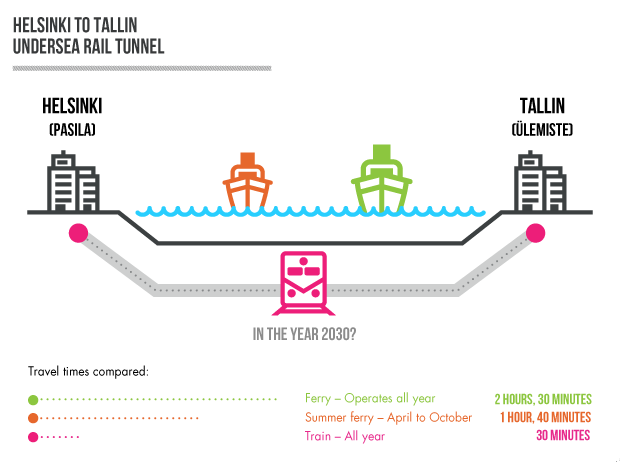![]() 4 minute read
4 minute read
Looking for sustainable and fast transport connections engineers[nbsp]from all over the world have established the race for the most efficient solutions. The rail gets a chance to become a far-advanced next generation zero carbon transport connecting the megacities on, over and under the ground.
Trains,
really?
Everyone have spoken about the massive world urbanisation and globalisation. We look for the solutions of operating globally not only digitally, but also improving the speed and comfort of transportation allowing people to travel with minimum effort and least possible impact to nature. In the future perspective, the growth of the megacities will be not only on the land but also beyond the ground. Engineering the train systems, which will allow to travel as fast as via airplane has been on agenda for a while already. China has announced four major projects of the global rail connections being the main player on the worldwide rail market. Some of the projects are feasible. However, some of them like ‘China-Russia-Canada-America line’, are unlikely to become real. China is the most advanced in high-speed railway development investing into building rails in Africa and the US. There is a worldwide commitment to improving the on-land logistics and transportation systems, and Europe does not stay behind.
Underwater tunnels
getting trendy
Challenging the longest 50,5 km undersea railway EuroTunnel connecting Britain and France, Scandinavia region intends to bore the 80 km trail under the Baltic Sea from Helsinki to Tallinn. Today, the strategic root connecting Scandinavian pearl with Baltics takes about 2 hours by ferry or, alternatively, 800 kilometers drive through Russia. The passenger flow between Helsinki and Tallin has been steadily growing for the decade reaching the 8 million passengers per year. The undersea train is supposed to increase the number of trips, meanwhile reducing the travel time down to the half an hour journey and boosting the trade between countries. Moreover, the fixed link will also connect Helsinki with the European railway directly to Berlin and further.
The idea of the rail connection between capitals has been around for a while already, becoming[nbsp]official[nbsp]this year with the “Pre-feasibility study of Helsinki–Tallinn fixed link” conducted by Harju County Government, City of Helsinki and City of Tallinn. The price of the project fluctuates between 9 and 13 billion euros. Cities seek for the partial investment from EU. According to the plan, the tunnel will be built in 2030 providing more than 25 million journeys by 2040.

The long-run
winners
Many would argue that trains efficiency in comparison to other types of transport. However, the hopes of technological development tend to prove otherwise. Advances in nanotechnology are on their way to create lighter, stronger, smarter and greener materials. Magnetic levitation trains and new renewable nitrogen fuel promise the rail journeys to become safe and zero-carbon. While the EuroTunnel could not compete with ferry cargo logistics, the Helsinki–Tallinn fixed link has its chances to improve the trade and travelling connections between Central and Northern Europe in times. According to Arup, an independent firm of designers, planners, engineers, consultants and technical specialists, the future of the rail is bright and promising. They claim that by 2050 we will see the renaissance of the rail forming the main feature of the passenger and freight transportation.
While we are discussing the down-to-ground concepts, Tesla’s CEO Elon Musk proceeds with his most futuristic transportation project called Hyperloop. The capsules with passengers or freight will travel on near supersonic speed inside the vacuum tubes. This will allow to make a round-USA trip in a matter of hours. First published in 2013, the[nbsp]alpha white paper is moving toward the construction of real Hyperloop prototype despite all the previous doubts and skepticism. StartJumpFund has[nbsp]devoted themselves to accomplish the model already this year in Quay Valley, between San Francisco and Los Angeles. Having on board 400 ambitious experts from NASA, Boeing, and SpaceX, project seems to actually revolutionize our understanding of future transport. In the case of success, this project blinds excitement from the driverless and robotics innovations to come.




